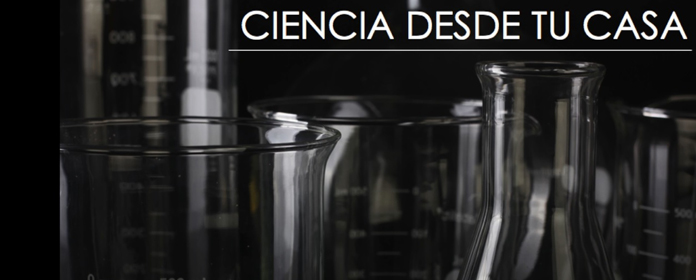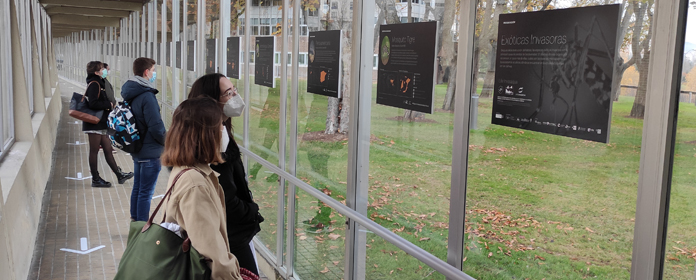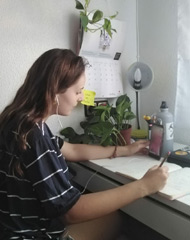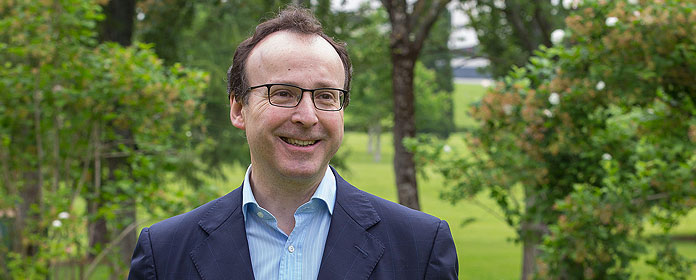The Science Museum of the University of Navarra launches the video series "Science from your home", a project of knowledge dissemination through Twitter.
The goal of these videos is to show in a visual way some physical phenomena and chemical reactions that surround us in our daily life.

The Science Museum University of Navarra has prepared ten videos of knowledge dissemination science in which different concepts of physics and Chemistry that we can find in our daily life are explained. Every Friday -from April 24 and during ten sessions- the Science Museum will launch one of these videos through its Twitter account @MuseoCCNN_unav and will also offer more detailed information about each experiment on its website.
"With these videos we pursue three main objectives: to awaken people's curiosity for science; to give a scientific explanation to common phenomena that occur in our daily lives; and to provide the necessary information to carry out simple physics experiments and Chemistry from our homes," says Cristina Sola, professor at School of Science and scriptwriter and editor of the audiovisual material.
This initiative of the Science Museum University of Navarra is aimed at all audiences, especially children and their families in these days of confinement. "The experiments are simple and can be replicated with materials we have at home. Moreover, the physical and chemical fundamentals behind each experiment are easy to understand for teenagers and adults," adds Dr. Sola.
These videos address some physics concepts and Chemistry such as surface tension, diffusion, polymers, acid-base reactions, redox, and combustion, among others. Dishes, cups, coins, food coloring, balloons, syringes, droppers, water, baking soda, vinegar, fruit, hairspray, shaving foam, or yeast are some of the materials we will need to perform the experiments at home.
"Physics and Chemistry are not only problems that we have to solve in a book. The Chemistry and physics are right next to us, you can touch them and you can play with them, in fact it is the best way to learn," concludes Sola.
The project "Science from your home" is part of the Science Museum's STEM strategy to make the teaching of subjects related to science, technology, engineering and mathematics more attractive.




